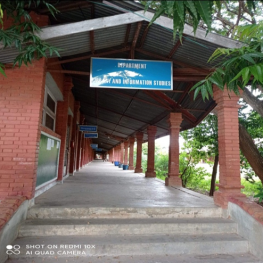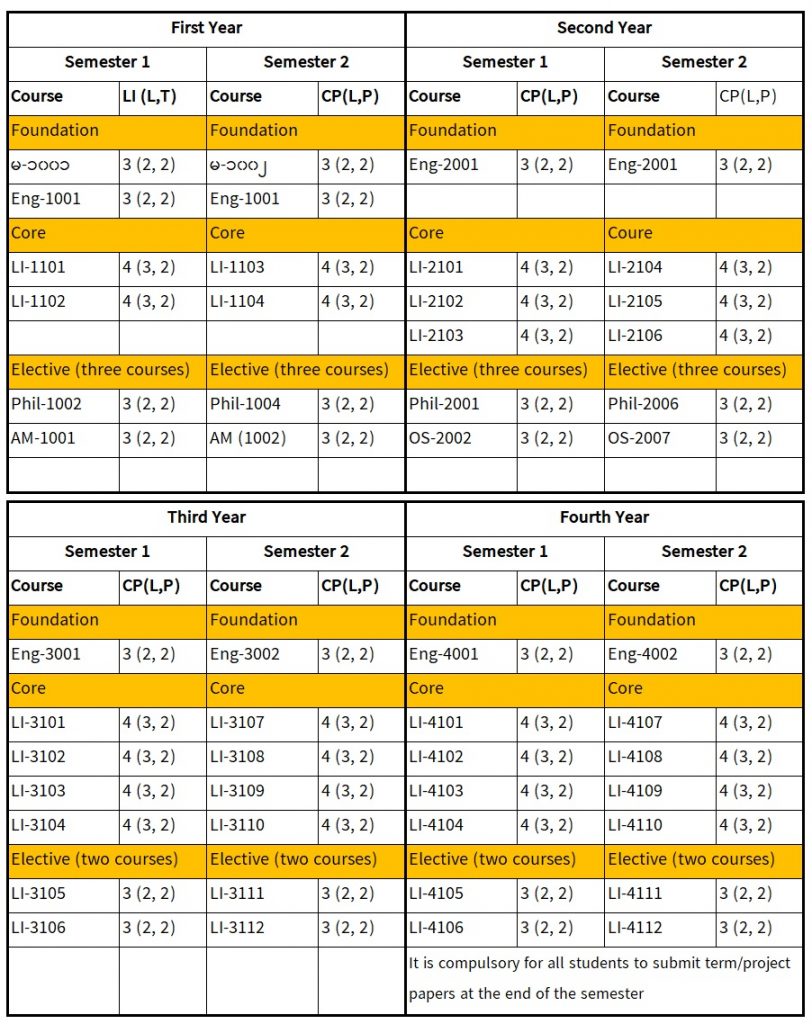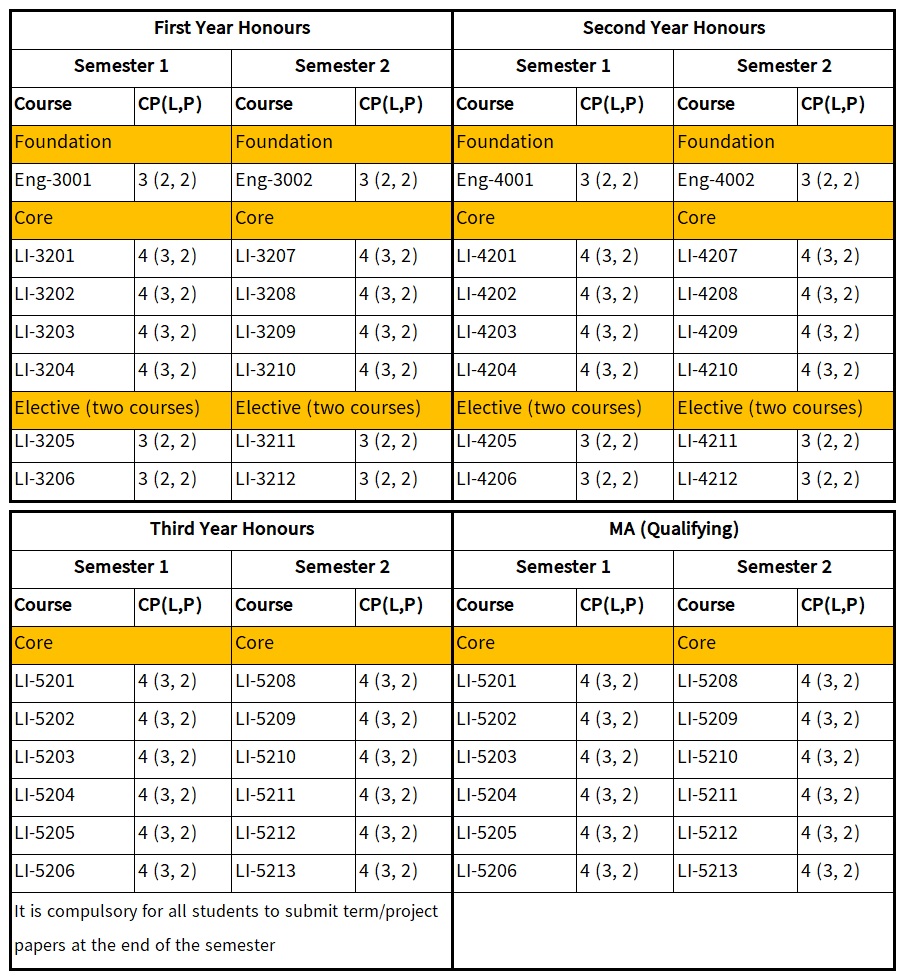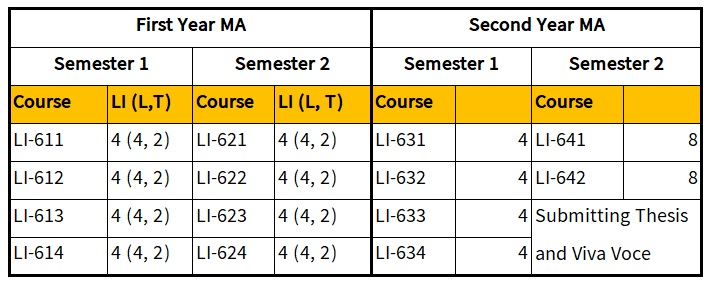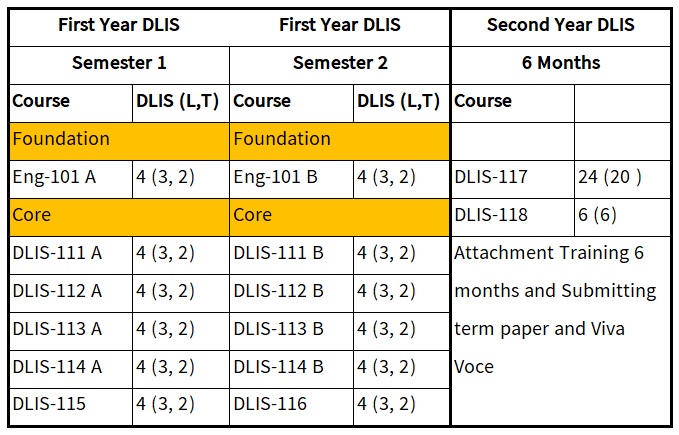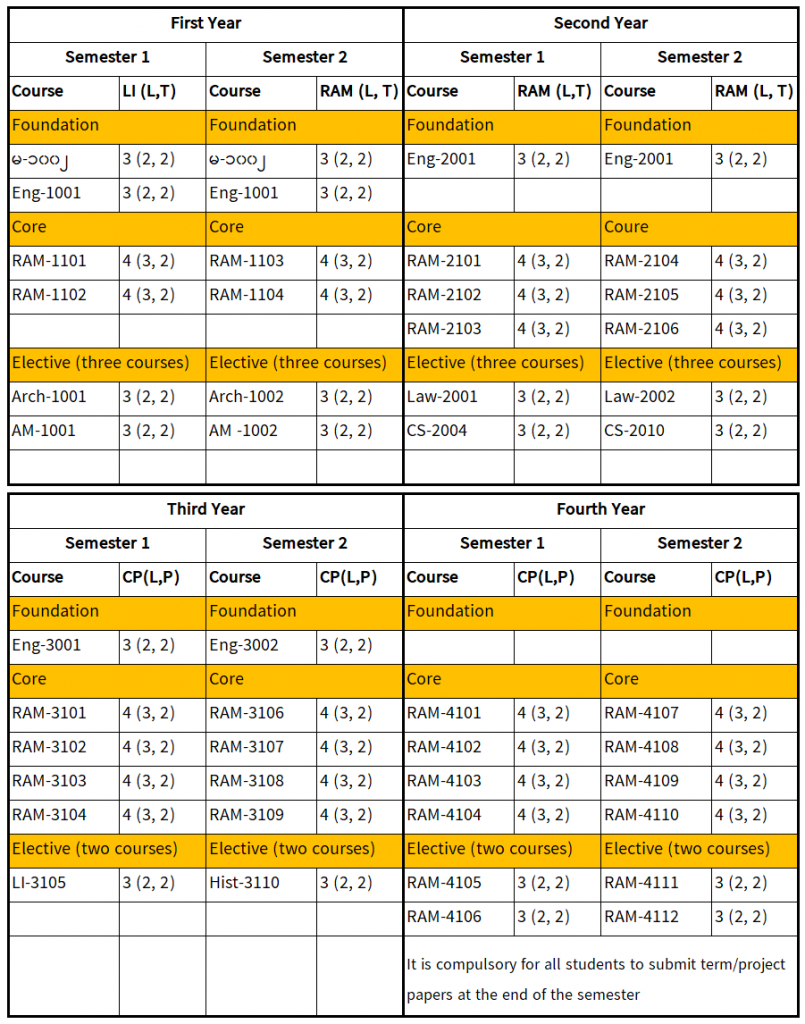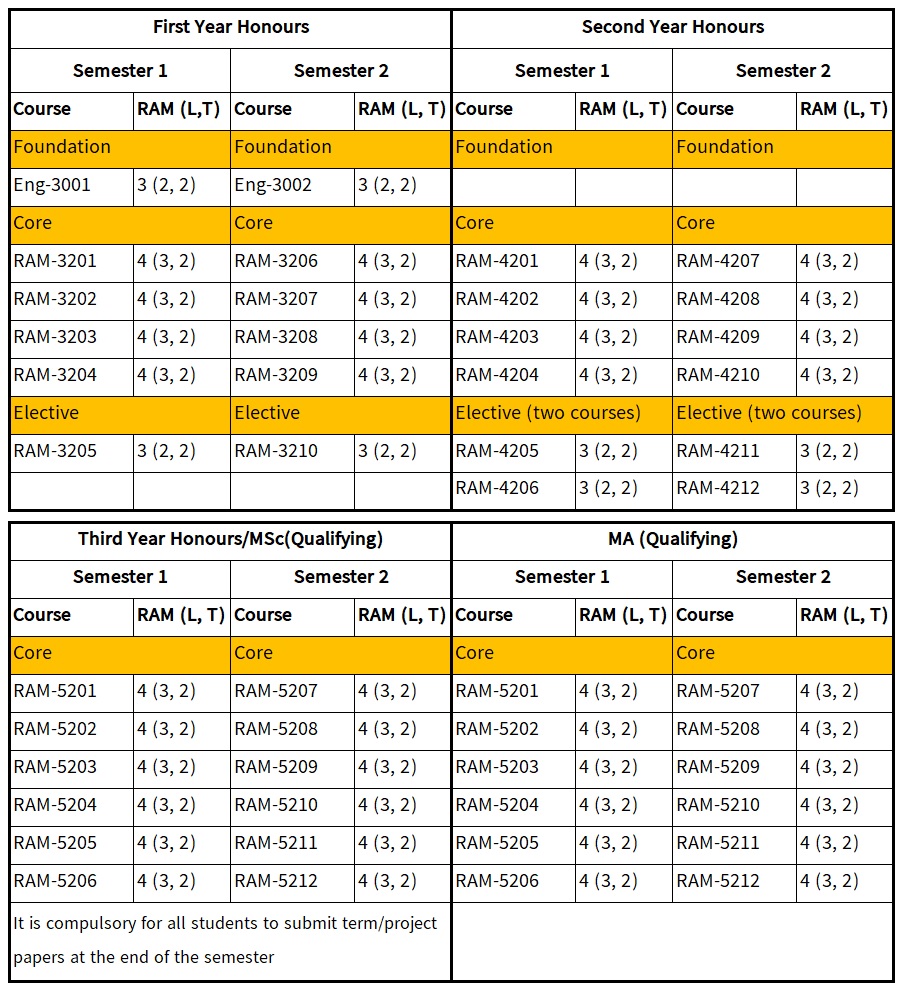Categories
Art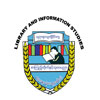 Department of Library and Information Studies
Department of Library and Information Studies
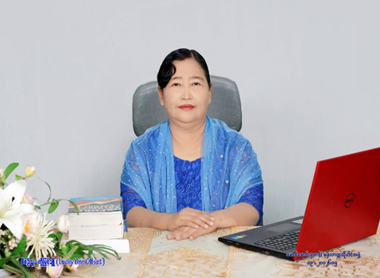 |
Dr Sanda Oo Head of Department Professor PhD (Library and Information Studies) Department of Library and Information Studies, Yadanabon University, Mandalay, Myanmar +95-9-402757500 sandaoolis@gmail.com |
|
Dr. Saw Wut Yee Professor PhD (Library and Information Studies) Department, Yadanabon University, Mandalay, Myanmar +95-9-445669843 Swutyee74@gmail.com |
Staff
| Professor | – | 2 |
| Associate Professor | – | 3 |
| Lecture | – | 2 |
| Assistant Lecturer | – | – |
| Tutor | – | 5 |
| Total | – | 12 |
History of the Department
History of the Department
The origin of the Department Library and Information Studies started in the academic year 2003-2004, at Yadanabon University. U Win Maung, the Hon’ble Rector and Pro-rector U Than New were behind the establishment of the Department. The Department grew initially under the stewardship of Dr. Sanda Oo, the first Head of the Department until now. The Department offers BA, BA (Honours) and MA in Library and Information Studies. The MA programme started in the academic Year 2011-2012. The Diploma in Library and Information Studies Course started in 2015-2016 academic year. The Department is the only one department in Upper Myanmar which offers the under-graduate and post-graduate programmes in Library and Information Studies. In the academic year 20122-2023, BA, BA (Honous) in Records and Archives Management specialization is started at the Department of Library and Information Studies. At present, the department is situated on the Pale Street behind the left side of the main building.
Vision
Leading future-oriented library and information science education, innovation, and services.
Mission
- To connect people, libraries, and information through research, teaching, and service to enrich living and working in a global environment.
- To cultivate knowledge and skills needed to prepare librarians and information professionals
- To encourage the faculty to pursue academic excellence through high quality research and publications.
- To promote the use of new technologies in teaching and research.
The objectives of the Department are to promote librarianship, to provide well-educated librarian to work in various types of libraries, and to support educational programmes which depend on extensive library materials. The department always try to provide dynamic educational systems in order to have the essential role of librarians in providing access to information for development.
Programs Offered
- BA/ BA (Hons) in Library and Information Studies
- MA in Library and Information Studies
- Diploma in Library and Information Studies
- BA/BA (Hons.) in Records and Archives Management
Curriculum
BA in Library and Information Studies
BA (Honours) Library and Information Studies
Students who passed second year with GPA greater than 4 are eligible to attend BA (Honours) classes for three more years. After finished successfully, they are earned BA (Hons) degree majoring in Library and Information Studies.
MA in Library and Information Studies
Diploma in Library and Information Studies
BA in Records and Archives Management
BA (Honours) in Records and Archives Management
Students who passed second year with GPA greater than 4 are eligible to attend BA (Honours) classes for three more years. After finished successfully, they are earned BA (Hons) degree majoring in Records and Archives Management.
Course Descriptions
- Writing systems of Sumerians, Babylonians, Assyrians, Egyptians, Greeks, Romans
- Inscriptions, palmleaves and parabeik
- Description of catalogue
- Basic rules of cataloguing
- Practical cataloguing
- Types of sources
- Sources in Myanmar Language
-Traditional ways
- Card system
- Printed sources
– Modern ways
- Nature of printed materials
- Nature of nonprinted materials
- Collections of library and archives
- Development of alphabets and books
- History of publishing: Dissemination of knowledge
- Development of libraries
- Aims and objectives of classification
- Rules of classification
- Practical classification
-Sources in English Language
- Printed materials
- Nonprinted materials
-Modern ways
- Manuscripts and Nonprints
- Microforms
- Electronic forms
- Internet Access
- Usefulness of library catalogues
- Advantages and disadvantages of various catalogues
- Cataloguing rules and patterns
- Rules of classification systems
- Various systems of classification
- Basic principles of reference works
- Finding the fact through printed and nonprinted materials
- Nature of library and layout
- Library facilities
- Services provided by libraries
- Ancient libraries
- Types of libraries
- Library movement in the colonial period
- Cataloguing rules
- Cataloguing a book
- Practical in cataloguing
- Rules of classification systems
- Classification of a book
- Practical in classification
- Various kinds of reference books
- Myanmar and English language books
- General books
- Specialized subject books
- Finding required information
- Search strategies
- Evaluation of information sources
- Library movement in the eve of the independence in Myanmar
- Library movement after independence in Myanmar
- Modern libraries in Myanmar
- Application of the rules of AngloAmerican Cataloguing Rules II (AACR2)
- Practical cataloguing
- Development of DDC (Dewey Decimal Classification System)
- Practical works in related subjects
- Characteristics of different types of information sources
- Evaluation of information sources
- Users’ impact on information sources
- Concepts and tools of library management
- Strategic planning
- Performance, evaluation and quality assurance
- Types of library materials
- Deterioration of library materials
- Preventive measures and curative steps
- Ancient libraries
- Types of libraries
- Library Movement in the colonial period
- Application of the rules of AngloAmerican Cataloguing Rules II (AACR2)
- Practical cataloguing
- Comparison of DDC and other classification systems
- Use of subject headings
- Practical works in related subjects
- Identification of possible sources in printed form, electronic or other formats
- Evaluation and comparison for the particular request
- Financial planning and budget control
- Cost analysis
- Human resources management
- Basic conservation techniques
- Repairing and substitution of damaged materials
- Library bindery
- Library movement in the eve of the independence in Myanmar
- Library movement after independence in Myanmar
- Modern libraries in Myanmar
- Application of the rules of Anglo-American Cataloguing Rules II (AACR2R, 2002 revision, 2005 updated)
- Manual cataloguing
- Practical cataloguing
- Development of DDC (Dewey Decimal Classification System, 22d edition)
- Application of Sears List of Subject Headings and Library of Congress Subject Headings
- Practical works in related subjects
- Synchronization of information sources with the needs of the end user
- Nature of information seeking behaviour
- Services provided by information centres
- Types of research
- Basic concepts of research
- Research issues
- Copyright law
- Fair use
- Issues in intellectual properties
- ASEAN Country libraries
- Asian Country libraries
- Application the rules of AngloAmerican Cataloguing Rules II (AACR2R, 2002 revision, 2005 updated)
- Computerized cataloguing
- Practical cataloguing
- Development of DDC (Dewey Decimal Classification System, 22d edition)
- Application of Sears List of Subject Headings and Library of Congress Subject Headings
- Practical works in related subjects
- The end user in information environment
- Issues in information sources and services
- Evaluation of sources and services provided by information centres
- Library visit to other libraries
- Requirements in research works
- Preparation of a research proposal
- Implementation of a research work
- Evaluation and writing of a research paper
- Introduction to library management
- Practical works in technical services
- Library maintenance
- Feedback report
- British Library
- Library of Congress
- Other libraries
- Application the rules of AngloAmerican Cataloguing Rules II (AACR2)
- Practical cataloguing
- Development of DDC (Dewey Decimal Classification System)
- Practical works in related subjects
- Synchronization of information resources with the needs of the end user
- Nature of information seeking behaviour
- Concepts of library management
- Strategic planning
- Performance, evaluation and quality assurance
- Types of library materials
- Deterioration of library materials
- Preventive measures and curative steps
- Ancient libraries
- Types of libraries
- Library Movement in the colonial period
- Application of the rules of AngloAmerican Cataloguing Rule II (AACR2)
- Practical cataloguing
- Comparison of DDC and other classification systems
- Use of subject headings
- Practical works in related subjects
- Identification of possible sources in printed form, electronic or other formats
- Evaluation and comparison for the particular request
- Financial planning and budget control
- Cost analysis
- Human resources management
- Basic conservation techniques
- Repairing and substitution of damaged materials
- Library bindery
- Library movement in the eve of the independence in Myanmar
- Library movement after independence in Myanmar
- Modern libraries in Myanmar
- Application of the rules of AngloAmerican Cataloguing Rule II (AACR2R, 2002 revision, 2005 updated)
- Manual cataloguing
- Practical cataloguing
- Development of DDC (Dewey Decimal Classification System, 22nd edition)
- Application of Sears List of Subject Headings and Library of Congress Subject Headings
- Practical works in related subjects
- Synchronization of information sources with the needs of the end user
- Nature of information seeking behaviour
- Services provided by information centres
- Types of research
- Basic concepts of research
- Research issues
- Copyright law
- Fair use
- Issues in intellectual properties
- ASEAN country library
- Asian country library
- Application of the rules of AngloAmerican Cataloguing Rules II (AACR2R, 2002 revision, 2005 updated)
- Computerized cataloguing
- Practical cataloguing
- Development of DDC (Dewey Decimal Classification System, 22d edition)
- Application of Sears List of Subject Headings and Library of Congress Subject Headings
- Practical works in related subjects
- The end user in information environment
- Issues in information sources and services
- Evaluation of sources and services provided by information centres
- Library visit
- Requirements in research works
- Preparation of a research proposal
- Implementation of a research work
- Evaluation and writing of a research paper
- Introduction to library management
- Practical works in technical services
- Practical works in library maintenance
- Feedback report
- British Library
- Library of Congress
- Other libraries
- Theory and practice of cataloguing
- Role of cataloguing in organization of knowledge
- Special rules for cataloguing
- Theory and practice of classification
- Role of classification in organization of knowledge
- Commonly used classification systems of the world
- Sources of neighbouring countries
- Sources of ASEAN
- Sources of Asia
- Nature of bibliography, index and thesaurus
- Reliable sources of those materials
- Methods of making those materials
- Functions of modernized library
- User’s services of a library
- Implementing quality service
- Nature of organization
- Administration structure
- Systems of modern management
- Personnel management
- Definition of archive
- Archives as an information materials or as an archival institution
Teaching Aids & Labs
| Computer Training Centre 1 with 30 Seats, Computer Training Centre 3 with 30 Seats, Computer Training Centre 4 with 30 Seats, Computer Training Centre 5 with 30 Seats |
| Sample Hardware Components |
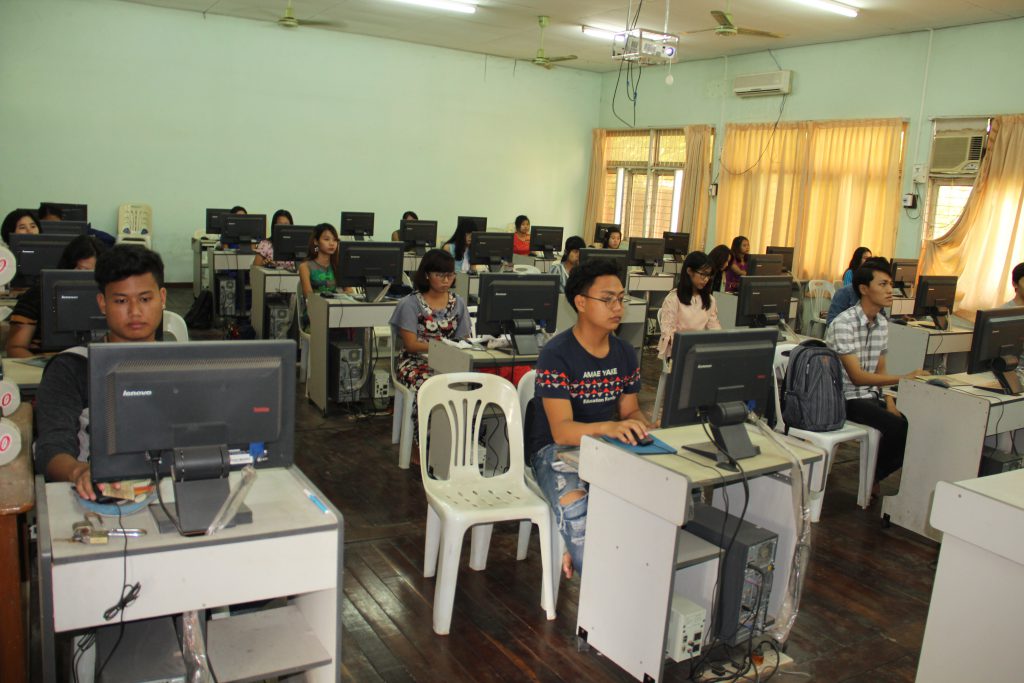 |
 |
 |
 |
 |
 |
Books
